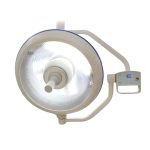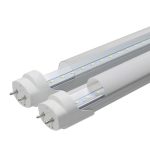Sleep Better with These Top LED Lights: Which One is Best for Your Bedroom?

Getting a good night’s sleep is essential for maintaining good physical and mental health. However, several factors can affect the quality of your sleep, and lighting is one of them. The type of lighting in your bedroom plays a crucial role in regulating your body’s sleep-wake cycle. Too much light can interfere with the production of the sleep hormone melatonin, while too little light can make it challenging to wake up in the morning. Luckily, with the advancement of technology, you can now choose from a range of LED lights that can help you sleep better. In this article, we will discuss the top LED lights that can help you sleep better and wake up feeling refreshed. We will look at the different features of each light, such as the color temperature, brightness, and design, to help you find the best one for your bedroom. Whether you are a light sleeper or have trouble falling asleep, these LED lights can make a significant difference in the quality of your sleep. So, let’s dive in and explore the various options available to you.
Quality sleep is an essential aspect of maintaining a healthy lifestyle. It plays a crucial role in improving physical and mental health, cognitive function, and overall well-being. However, the quality of sleep can be impacted by various factors, including the lighting in our environment. LED lights, in particular, can have a significant impact on our sleep quality, as they emit blue light that can disrupt our natural sleep-wake cycle. Exposure to blue light before bed can suppress the production of melatonin, a hormone that regulates sleep, and make it harder to fall asleep. Therefore, choosing the right LED light for your bedroom is crucial to promote a healthy sleep environment and improve your overall sleep quality.
What are LED lights?
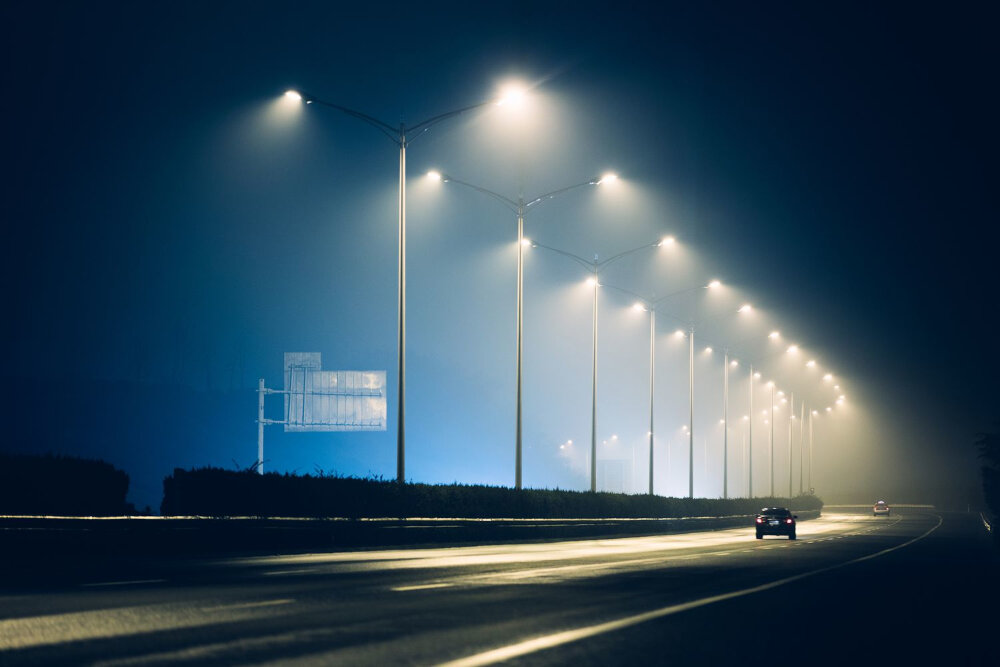
LED lights, also known as Light-Emitting Diode lights, are a type of lighting technology that produces light using a semiconductor material, which emits light when an electric current is passed through it. Unlike traditional incandescent bulbs, LED lights are incredibly energy-efficient, using up to 90% less energy to produce the same amount of light. They also have a longer lifespan, with some LED lights lasting up to 20 years. LED lights come in a variety of colors, including warm white, cool white, and daylight, making them versatile for different settings and purposes. In terms of sleep, LED lights can have a significant impact on our circadian rhythms, which regulate our sleep-wake cycle. Blue light, in particular, can disrupt our sleep by suppressing the production of melatonin, a hormone that helps us fall asleep. Many modern LED lights are designed to emit less blue light, making them more suitable for use in the bedroom. Additionally, some LED lights come with features such as dimming capabilities, allowing you to adjust the brightness of the light to create a more relaxing and sleep-conducive environment.
LED lights or Light Emitting Diodes are a modern lighting technology that offers numerous benefits over traditional lighting options. Unlike incandescent bulbs, LED lights use less energy and last significantly longer. They also emit less heat, making them a safer and more efficient option for lighting. In addition to their energy efficiency, LED lights are also available in a variety of colors and brightness levels, making them a versatile option for any space. LED lights also offer better color rendering, which means that they can display colors more accurately than traditional bulbs. These benefits make LED lights an excellent choice for bedroom lighting, as they can help create a relaxing and comfortable environment conducive to a good night’s sleep.
LED lights have become increasingly popular for enhancing sleep quality due to their unique properties. Unlike traditional light bulbs, LED lights emit a cool and calming light that mimics natural daylight, which has been shown to regulate circadian rhythms and promote better sleep. Additionally, LED lights are energy-efficient and long-lasting, making them a cost-effective solution for those who want to improve their sleep without breaking the bank. Some LED lights even come with features such as color temperature adjustment and dimming capabilities, allowing users to customize their lighting to their specific sleep needs. Overall, incorporating LED lights into your bedroom can have significant benefits for your sleep quality and overall well-being.
Top LED lights for better sleep
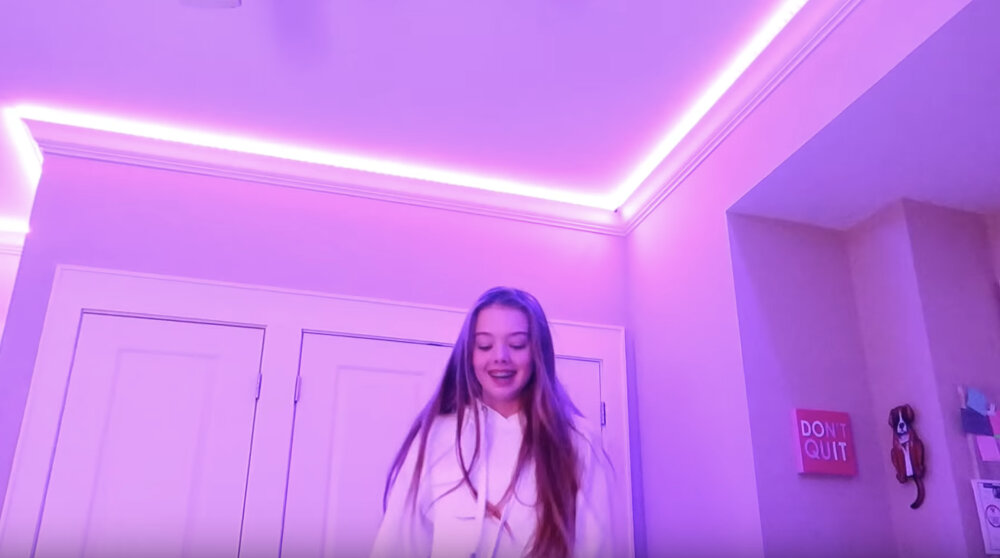
Getting enough restful sleep is vital to maintain optimal health and well-being. To ensure that, your bedroom environment must be conducive to sleep. One of the key factors that can affect your sleep quality is the lighting in your bedroom. Bright or blue light exposure before bedtime can suppress the production of melatonin, a hormone that regulates sleep-wake cycles. Therefore, it is essential to choose the right lighting to promote better sleep. Fortunately, there are several LED lights available that can help you get a good night’s sleep. The first LED light that can improve your sleep is the Philips Hue White Ambiance. It offers a range of color temperatures that can help you wind down before bedtime and wake up feeling refreshed. You can set the light to a warm, dim glow at night to help you relax, and a bright, cool light in the morning to boost your energy level. Another excellent option is the GE Align PM LED bulb. It emits a warm, amber light that reduces blue light exposure, making it easier to fall asleep. Plus, it has a long lifespan, so you won’t have to replace it often. Whatever your preference may be, investing in the right LED light can significantly improve your sleep quality and overall well-being.
Getting a good night’s sleep is crucial for maintaining overall health and well-being. Luckily, there are many LED lights on the market that are specifically designed to promote healthy sleep patterns. Some of the top options include the Philips Hue White and Color Ambiance, which allows users to adjust the color and intensity of the light to create a relaxing and soothing atmosphere. The Hatch Restore combines light and sound therapy to help users fall asleep faster and wake up feeling refreshed. The Casper Glow is a portable option that gradually dims to simulate a sunset and promote relaxation. Finally, the Lifx A60 uses warm and cool white light to mimic natural sunlight and regulate sleep patterns. With so many great options available, it’s easy to find an LED light that will help you get the restful sleep you need.
The article \Sleep Better with These Top LED Lights Which One is Best for Your Bedroom\ introduces four different LED lights that can help improve the quality of your sleep. The first product is the Philips Hue White and Color Ambiance LED Smart Bulb, which offers a range of customizable colors and dimming options that can be controlled through an app or smart speaker. The second product is the TaoTronics LED Desk Lamp, which features adjustable brightness and color temperature settings, as well as a USB charging port. The third product is the Hatch Restore, a smart alarm clock that simulates a sunrise to wake you up gradually and provides relaxing sounds and guided meditations to help you fall asleep. Finally, the article recommends the Emotionlite LED Plug-in Night Light, which emits a soft, warm glow and has a built-in light sensor that automatically turns it on at night and off during the day.
How to choose the best LED light for your bedroom
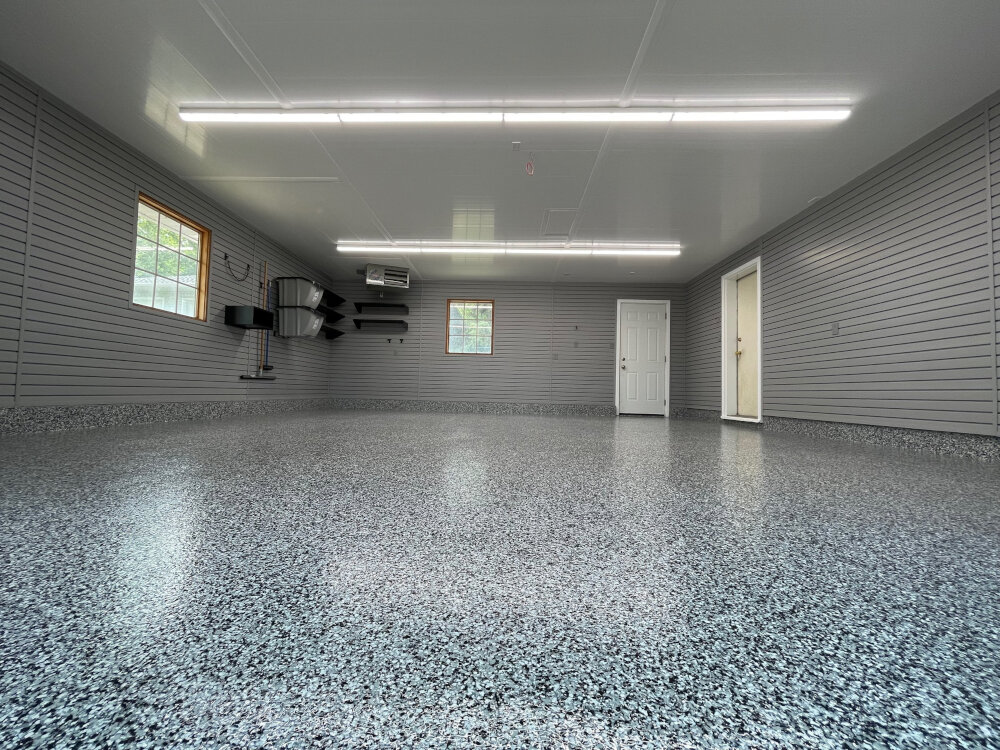
Choosing the best LED light for your bedroom can be a daunting task, especially with the countless options available in the market. However, with a few considerations, you can easily find the perfect LED light that will enhance your bedroom’s ambiance and promote better sleep quality. Firstly, consider the color temperature of the light. Warm white LED lights with a color temperature of 2700K to 3000K are ideal for bedrooms as they create a cozy and relaxing atmosphere, making it easier to fall asleep. On the other hand, cool white LED lights with a color temperature of 4000K to 5000K are better suited for task lighting or areas where you need bright light. Another factor to consider when choosing an LED light for your bedroom is the brightness level, measured in lumens. The right brightness level will depend on your personal preference and the size of your bedroom. A general rule of thumb is to choose an LED light that provides at least 500 lumens for ambient lighting and 1000 lumens for task lighting. Remember, too much brightness can disrupt your circadian rhythm and affect your sleep quality, so choose wisely. Overall, choosing the best LED light for your bedroom requires careful consideration of color temperature, brightness level, and personal preference.
When selecting an LED light for sleep, several factors need to be considered. Firstly, the color temperature of the light is essential. Warm white light with a temperature between 2,700 and 3,000 Kelvin is ideal as it simulates the natural sunset and helps the body to produce melatonin, which induces sleep. Secondly, the brightness level of the LED light should be adjustable to create a relaxing and cozy atmosphere. Thirdly, the flicker rate of the light needs to be low to avoid disrupting the circadian rhythm. Finally, it is crucial to choose an LED light with a high color rendering index (CRI) to ensure that colors are accurately represented, creating a serene and relaxing environment for a good night’s sleep. By taking these factors into account, you can choose the best LED light for your bedroom and enjoy a restful and rejuvenating sleep.
When choosing the right LED light for your bedroom, there are several factors to consider based on your personal preferences and needs. Firstly, consider the color temperature of the light. Cooler temperatures are better for focus and productivity, while warmer temperatures are better for relaxation and sleep. Secondly, consider the brightness of the light. If you prefer a dimmer ambiance, choose a light with adjustable brightness settings. Thirdly, consider the type of bulb and its lifespan. LED bulbs are more energy-efficient and longer-lasting than traditional incandescent bulbs. Lastly, consider any additional features, such as smart-home integration or color-changing capabilities, that may enhance your overall experience. By taking these factors into account, you can find the right LED light that best suits your unique needs and preferences for a comfortable and restful night’s sleep.
Other tips for improving sleep with LED lights
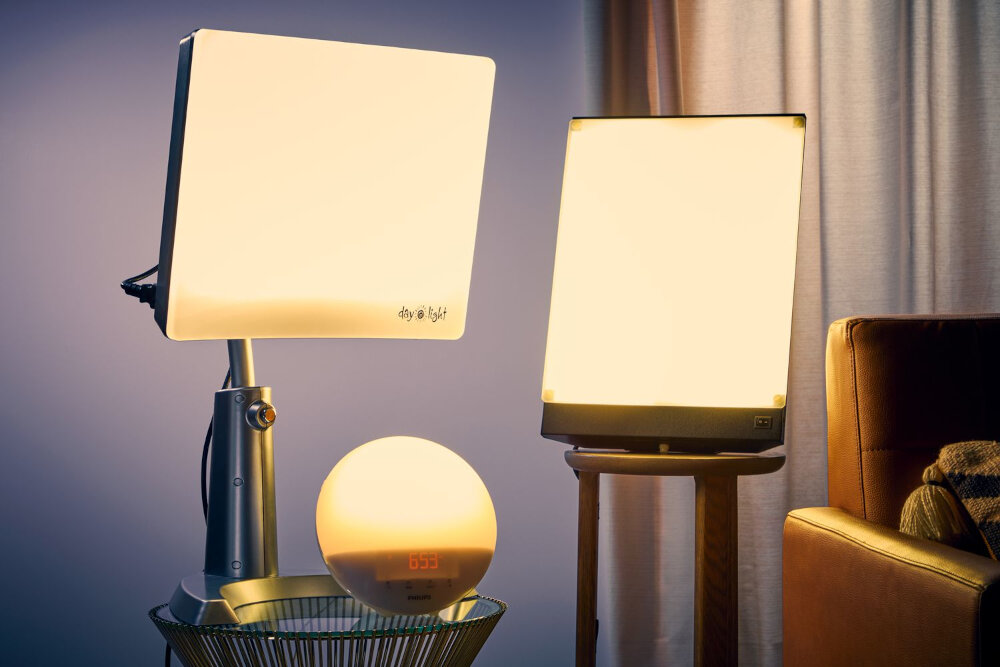
In addition to choosing the right LED light for your bedroom, there are other tips you can follow to improve your sleep. One important factor is the color temperature of your bulbs. Warm white or soft white bulbs with a color temperature of around 2700K to 3000K are ideal for promoting relaxation and creating a cozy, calming atmosphere in your bedroom. On the other hand, cool white bulbs with a color temperature of 4000K to 5000K can be too stimulating and disruptive to sleep. Another tip is to use dimmer switches or smart bulbs that can be adjusted to different levels of brightness. This allows you to create the perfect ambiance for your bedroom, whether you want a bright, well-lit space for getting ready in the morning or a soft, dimly lit room for winding down at night. You can also use timers or smart home automation systems to schedule your lights to turn on and off at certain times, helping to regulate your sleep-wake cycle and promote healthy sleep habits. By following these tips and choosing the right LED lights for your bedroom, you can create a comfortable, inviting space that supports restful sleep and relaxation.
In addition to choosing the right LED light product for your bedroom, there are other ways to optimize your sleep. One strategy is to use dimmer switches or smart bulbs that allow you to adjust the brightness of the light according to your needs. Another tactic is to use warm-colored lights with a color temperature of 2700K or lower, which can promote relaxation and stimulate the production of melatonin. Additionally, you can install blackout curtains or shades to block out external light sources that may disrupt your sleep. Finally, it’s important to establish a consistent sleep routine and avoid using electronic devices before bedtime, as the blue light they emit can interfere with your circadian rhythm and make it difficult to fall asleep. By combining these strategies with the right LED light product, you can create a sleep-friendly environment that promotes restful and rejuvenating sleep.
If you’re considering incorporating LED lights into your bedtime routine, there are a few things to keep in mind. First and foremost, choose a warm, calming color temperature that won’t disrupt your natural sleep cycle. Consider using dimmer switches or smart bulbs that can be adjusted to gradually dim as you wind down for the night. It’s also important to avoid bright, stimulating lights in the hour leading up to bedtime, as they can interfere with your body’s production of melatonin. Finally, be mindful of the placement of your LED lights – avoid positioning them too close to your bed or facing directly at your eyes, as this can cause discomfort and interfere with your ability to fall asleep. By following these tips, you can create a relaxing and soothing bedtime environment that promotes restful sleep.
Investing in quality LED lights can have a significant impact on the quality of our sleep. This is due to the fact that these lights emit a type of blue light that can interfere with our natural sleep cycles, leading to disrupted sleep patterns and poor sleep quality. By opting for high-quality LED lights that emit less blue light, we can create a more conducive sleep environment that promotes restful and restorative sleep. Additionally, investing in LED lights that offer adjustable color temperatures can help create a relaxing and calming atmosphere in the bedroom, promoting relaxation and reducing stress levels. Overall, investing in quality LED lights is a small but impactful step we can take towards improving our sleep quality and overall well-being.
Conclusion
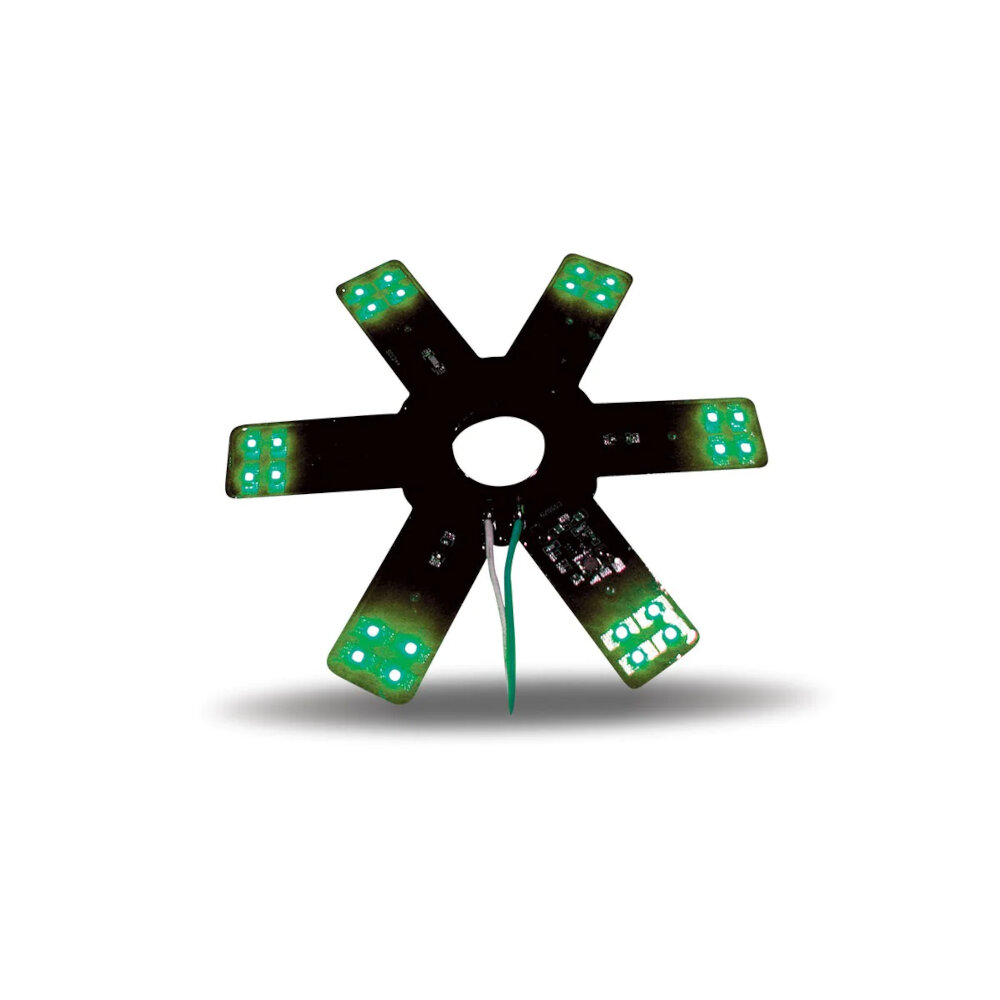
In conclusion, getting a good night’s sleep is essential for our overall health and well-being. The right LED light can make a big difference in the quality of our sleep. After reviewing the various options available, it’s clear that the best LED lights for the bedroom are those that have warm light, adjustable brightness, and a dimming feature. These features help create a calming and relaxing atmosphere that will make it easier to fall asleep and stay asleep. Furthermore, it’s important to consider the size of the room and personal preferences when choosing the right LED light for your bedroom. With the right LED light, you can transform your bedroom into a haven of peace and tranquility, where you can get the restful sleep you deserve.


